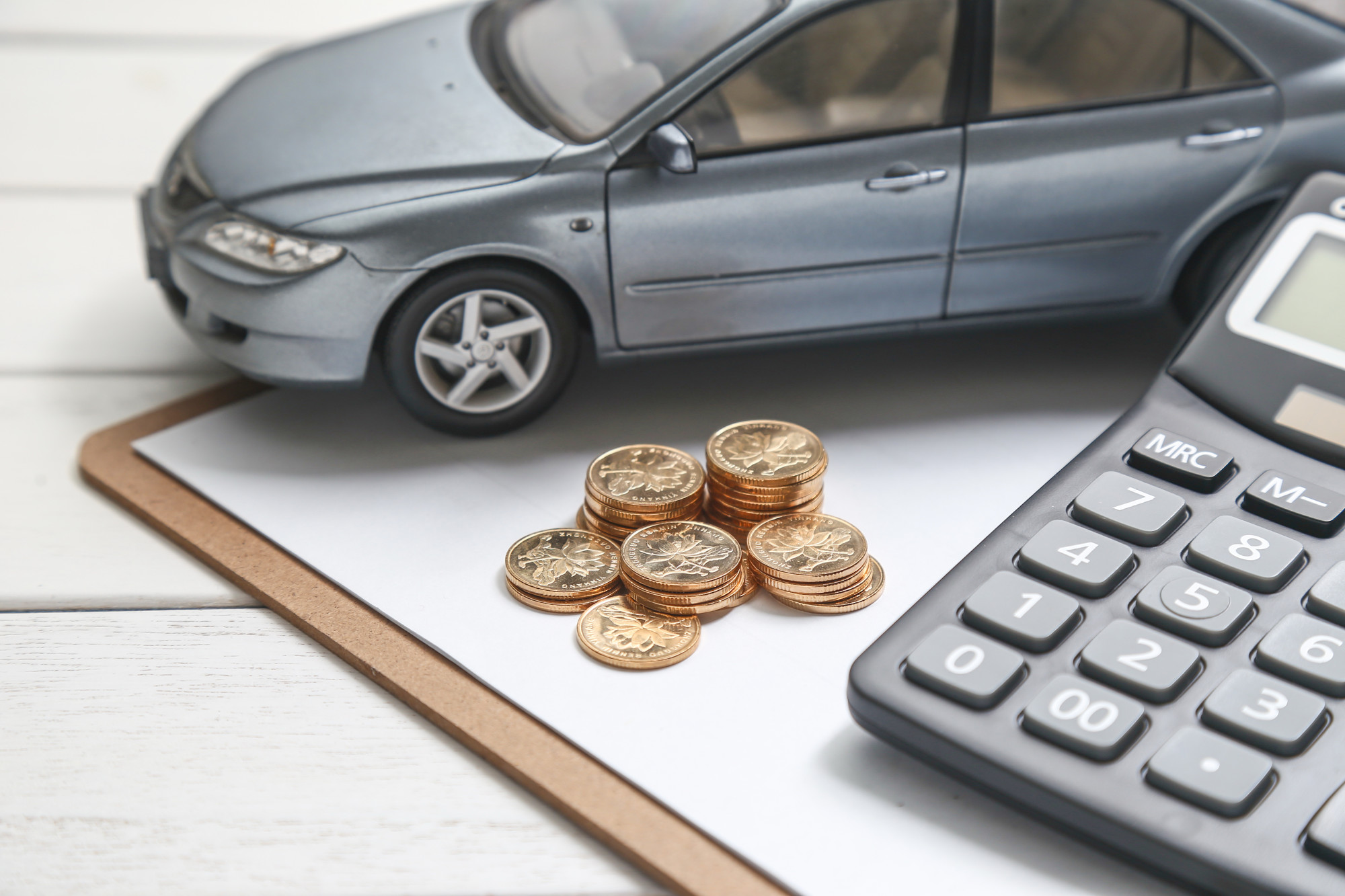Insurance 101: How Much Car Liability Insurance Do I Need?
We spend so much time in our cars that we forget the inherent risk that comes with getting behind the wheel. The fact of the matter is that accidents happen far more frequently than we like to admit.
If we’re lucky, these accidents will be quick and mostly painless. A fender bender or something of that magnitude. However, sometimes accidents and the injury and damage they cause can be quite serious– and expensive.
It’s for this reason that all states across the U.S. require drivers to have car insurance in place before they get on the road. You might be thinking: ‘how much car liability insurance do I need?’
The answer isn’t quite as simple as you might think. Read on and we’ll walk you through what you need to know.
How Much Car Liability Insurance Do I Need?
Car insurance has proved time and again to be a major headache for car owners. It’s difficult to figure out and expensive to keep up with. However, it’s essential to have liability insurance in place to ensure that costs are covered if you cause an accident on the roadways.
How much insurance do you need? It will depend on a number of factors, prime among them what state you are located in. Different states have different laws, and there will be different requirements depending on what stage your car is registered in.
The two states where liability insurance is not required (but drivers still must pay for all damages that they cause) are Virginia and New Hampshire.
In order to determine how much liability insurance you need, you’ll need to look up at the minimum requirement laws where you live. Some states have much higher minimums than others.
Some states have liability limits that are as low as $10,000 a vehicle. Many states have minimums that are much higher than that. You’d do well to remember that these minimums are just that: the bottom line.
If you can afford it, it might be well worth your time to invest in an insurance policy that has higher collision coverage. This way you won’t be fronting the bill if you do get yourself into an accident while driving.
Of course, there are some factors that will need to be considered even outside of the local and state requirements. The number of assets that you have also contributes to the insurance that you are looking to purchase. You wont to have an insurance policy that is worth more than the combined worth of your assets.
How Does Liability Insurance Work?
If you’re unfamiliar with shopping for car insurance it can be a confusing process to get acclimated to. What you’ll likely see when shopping for coverage plans are three numbers presented something like this: 30/60/25.
What does this series of numbers mean? They speak to how much this particular insurance policy can cover as it pertains to different kinds of incidents. The first number speaks to the liability limit of one person’s injuries, in this case, $30,000.
The second number speaks to how much insurance can cover if a group of people are injured. This will always obviously be a higher number than the first.
The last number speaks not of people but of damage to property. This is the coverage amount that can be put towards repairing the damage done to vehicles and similar issues.
Bodily injuries are nearly always the most expensive possible issue, so you’ll want to make sure you’re well covered on this front. It’s worth remembering that any damages that exceed the costs of these limits will need to come out of your pocket.
That could mean selling your car, home, or other major assets to help mitigate the remaining costs. This is why most insurance experts stress that consumers should buy an insurance policy that has higher liability limits than the total sum of an individual’s assets.
Most insurance discussed as it pertains to vehicles is collision insurance. This is insurance that covers accidents between vehicles. There is also comprehensive insurance, which protects your car against threats such as theft, vandalism, or damage done by the weather.
Can You Drive Without Insurance?
Driving without a liability automobile insurance policy in place can be extremely risky. If you get into an accident without car insurance in place, you could find yourself in thousands, or even hundreds-of-thousands, of dollars in debt.
That’s enough to ruin a person’s life. It’s just not worth the risk!
Even if you don’t get into an accident, things can get pretty ugly if you’re pulled over and don’t have proof of insurance on your person. You’ll be hit with fines and likely the suspension or termination of your driver’s license.
If you do try to get a policy later, this type of event on your record can drive the premiums that you’ll need to pay quite high. You’ll be a risk many insurance companies won’t want to take on.
It’s simply not worth the risk to take an automobile on the road without some sort of collision insurance in place.
Understanding Auto Insurance Laws
How much car liability insurance do I need? It’s a question that many car owners seek the answer to. The above information can help you to understand how to get on the road with a safety net in place. The last thing you want to do is drive without proper automobile insurance.
Need more automobile advice or tips? Keep scrolling our blog for more info.


